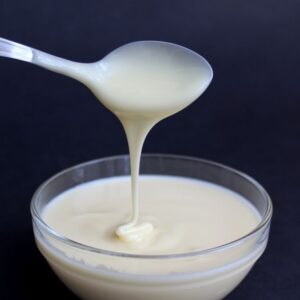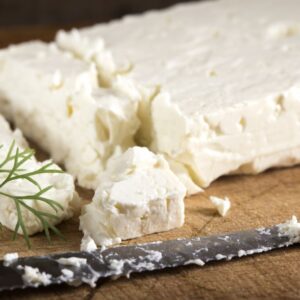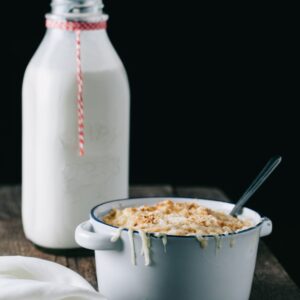Milk is a staple ingredient in baking, used in everything from cakes and biscuits to bread and pies.In this article, we take a closer look at some Most Popular Milk Alternatives and evaluate their performance in baking applications.
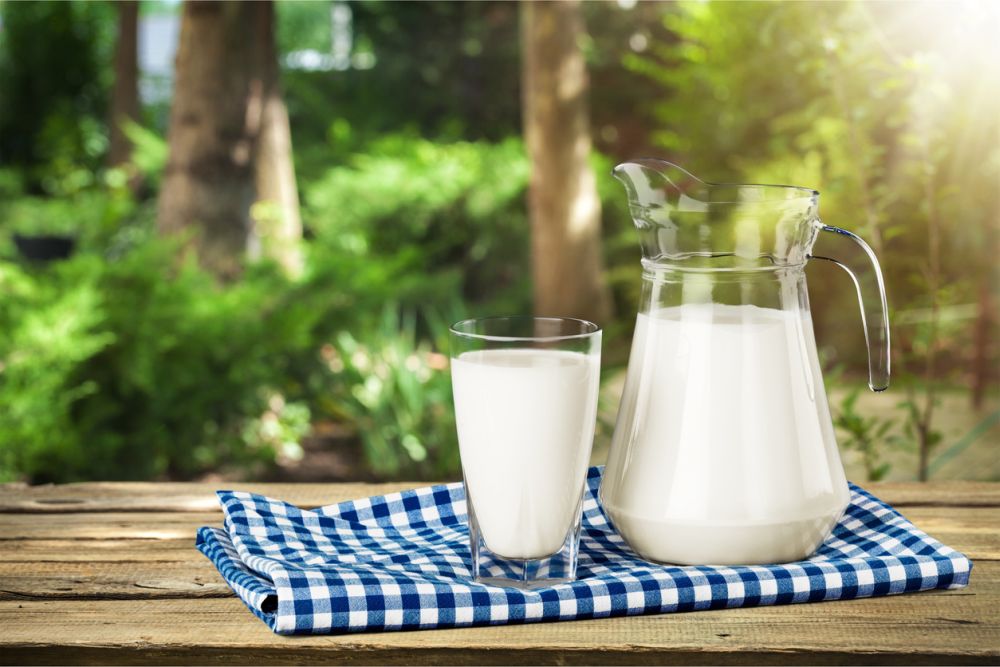
Milk plays multiple important roles in baking, both in terms of flavor and texture. Here are some of its main features:
- moisture: Milk contains a high percentage of water, which helps keep baked goods moist and soft.
- smell: Milk adds a rich, creamy taste to baked goods and also enhances the flavor of other ingredients in recipes.
- texture: Milk helps create a soft crumb and a soft, creamy texture in baked goods. This is especially true in recipes that use a lot of flour, such as bread or cakes.
- Browning: Sugar and protein in milk promote browning of baked product surface to beautiful golden brown color.
- tie up: In certain recipes, milk can act as a binder, helping to hold ingredients together and form a cohesive structure.
Milk is a versatile and essential ingredient in baking, with unique properties that can have a major impact on your recipes. When choosing a milk substitute for baking, it’s important to consider how it will affect these various functions and how it will interact with other ingredients in your recipe.
There are several reasons to substitute milk in baking。 First, you might just run out of this ingredient and not have enough time to go to the grocery store. Second, many people are lactose intolerant or allergic to dairy products, so consuming milk can cause discomfort, digestive problems, or severe allergic reactions. Third, some people choose to avoid dairy for ethical or environmental reasons, or because they follow a vegan or plant-based diet.
Apart from these reasons, Using milk substitutes in baking can also help enhance the flavor, texture and nutritional value of baked goods。 Different types of formula have unique flavors and textures that can add depth and complexity to your recipes. For example, coconut milk can add a rich, tropical flavor to baked goods, while almond milk can create a nutty, slightly sweet flavor. Using milk substitutes can also lower the fat and calorie content of baked goods, since many non-dairy foods are lower in calories and saturated fat than milk.
This article covers the best dairy and non-dairy substitutes for milk in baking recipes. Read on to learn more about the alternatives and how to use them. Check out the FAQ section for more details.
What’s the best milk substitute in baking?
The best dairy substitutes for milk in baking are cream or half and half, evaporated milk, sour cream or plain yogurt, sweetened condensed milk and milk powder. Read on to discover more details about each.
1. Cream or half and half

Heavy or half cream has the same dairy qualities as cow’s milk and is therefore an excellent substitute for milk in baking.
Heavy cream is thicker than milk, so you may need to thin it out. Mix cream and water in a ratio of 60:40%.
Half and half, you can substitute the same amount of milk. For example, if a recipe calls for 1 cup of milk, use 1 and a half cups of milk. Keep in mind that heavy cream or cream with stabilizers will change the flavor of the baked product.
2. Evaporated milk
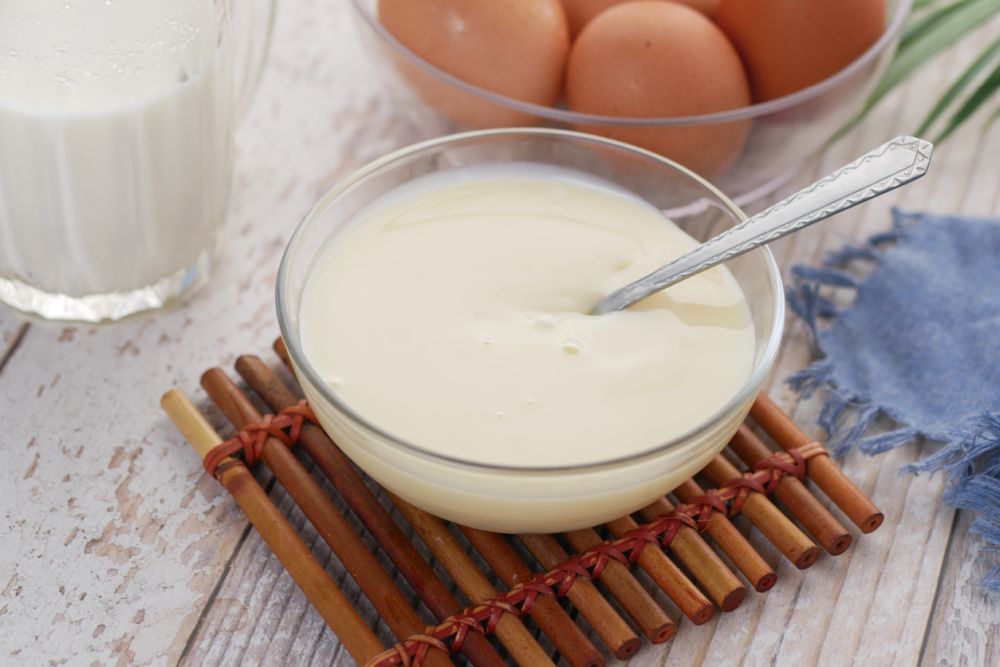
Evaporated milk, or unsweetened condensed milk, is plain milk without the water. If you have some in your freezer, add water and use it in place of milk in recipes. Mix condensed milk and water in a 1:1 ratio.
Evaporated milk has a long shelf life. However, once opened, make sure to use it within 3-4 days. When substituting condensed milk for milk, keep in mind that the latter tends to have a caramel flavor that can change the taste of the recipe. However, that’s nothing to worry about as it’s just as sweet. If you are using evaporated milk, follow the directions on the box before adding it to the other ingredients.
Whole milk can also be used instead of condensed milk.
3. Sour cream or plain yogurt

Both sour cream and plain yogurt are dairy products, so they’re both great substitutes for milk in baking recipes. You can also substitute milk for sour cream in baking. Plain yogurt adds moisture to your recipes. However, Greek yogurt is too thick and fatty, thus changing the texture and taste of the product.
When substituting yogurt for milk, it’s best to avoid flavored yogurt, which can completely change your recipe: plain yogurt works best.
To achieve the desired consistency when replacing the milk, dilute the sour cream or plain yogurt with water. The consistency will depend on the recipe you make. For example, in dough recipes like cookies, you can use sour cream or plain yogurt in its raw form. If the mixture tastes too strong, thin it out with a few drops of vanilla extract.
4. Sweetened condensed milk
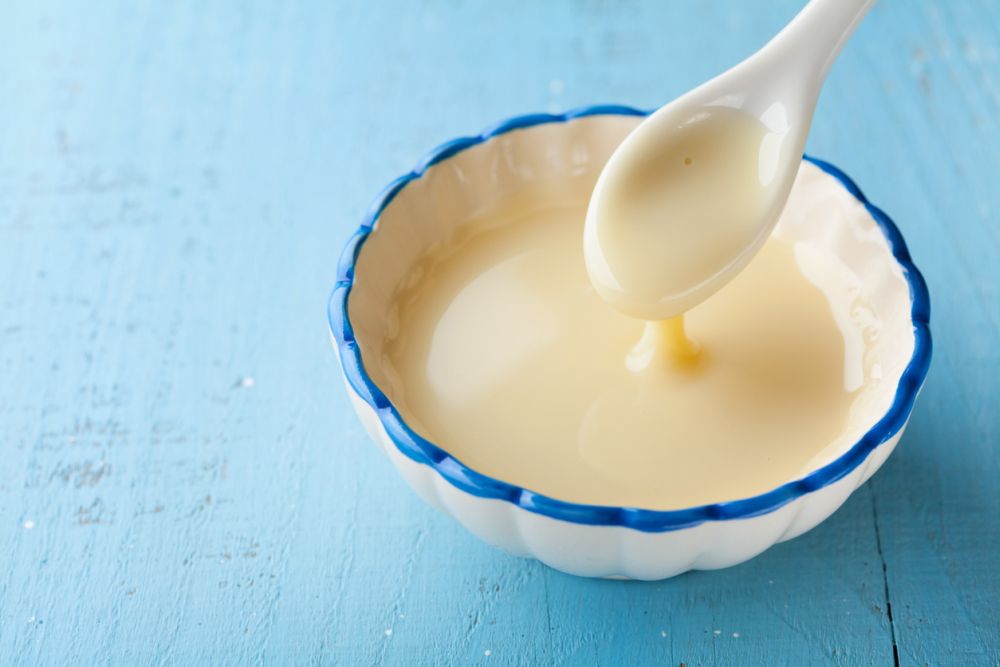
If you are making sweet treats like cookies and cookies, you can use sweetened condensed milk instead of milk. Sweetened condensed milk is similar to condensed milk but contains sugar. Therefore, you must reduce the amount of sugar your recipe requires. Also, sweetened milk has a thick consistency, so you may need to dilute it before using. Dilute the milk with water to your desired consistency.
5. Milk powder
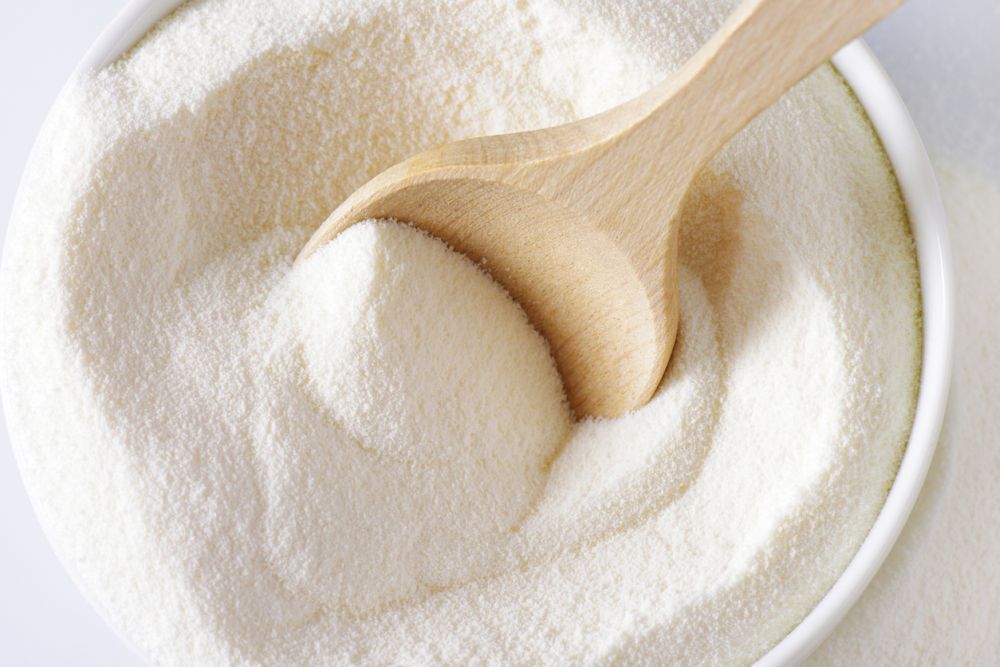
Powdered milk can be the perfect substitute for milk in your recipes。 It has the same fat content as milk, just mix it with water before using it in your recipes. Alternatively, mix the powdered milk with the other dry ingredients in the recipe before adding the water.
What’s the best dairy-free milk substitute for baking?
The best dairy-free milk substitutes in baking are water and butter, nut milk, soy milk, oat milk, rice milk, dairy-free yogurt, banana milk, canned coconut milk, and flax milk. Read on for more information on each.
1. Water and Butter
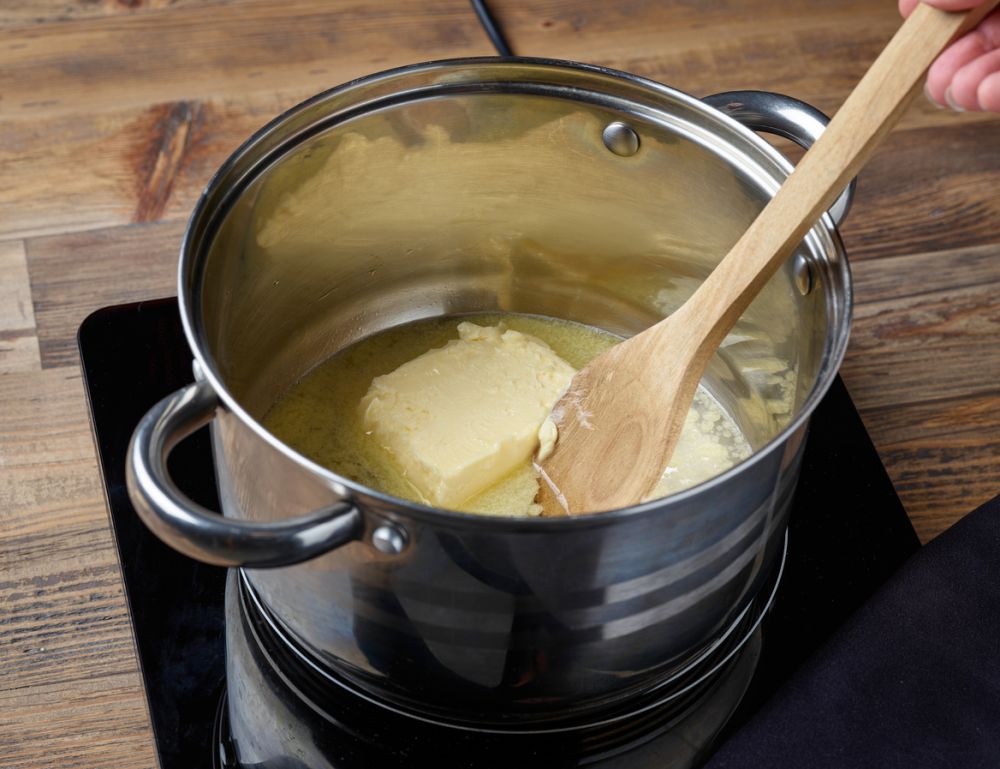
The combination of water and butter is an excellent substitute for milk in pie or cookie dough. You will only use the minimum amount of milk to keep the dough from falling apart. If you use water instead, you won’t notice much of a difference.
If your recipe calls for more than a few tablespoons of milk, add one tablespoon of melted butter to each cup of water. This will help maintain the fat content of the recipe.
2. Nut milks

Any nut milk is a great substitute for cow’s milk in your recipes。 You just need to choose the type you want to use according to the recipe you make. For example, use almond, cashew, or pistachio milk, depending on the flavor you want in your recipe. Choose unsweetened nut milks so you don’t change the flavor of the recipe.
Replace cow’s milk with an equal amount of nut milk. For example, if your recipe calls for a cup of milk, use a cup of nut milk.
3. Soy milk
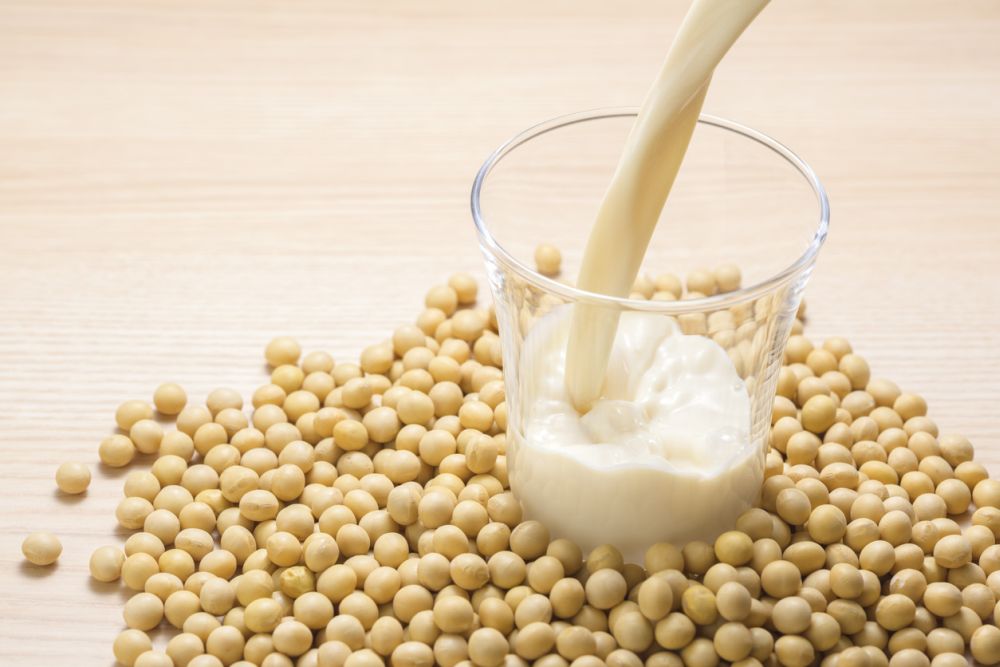
Soy milk is a healthy alternative to cow’s milk in vegan recipes。 Of all the non-dairy alternatives, soy milk tastes closest to regular cow’s milk.
Using unsweetened soy milk in your recipe will not change the taste. Replace regular milk with an equal amount of soy milk.
4. Oat milk

Use oat milk in dishes that call for a little milk, such as cookie and crust recipes.
Oat milk is starchier than regular milk. It may change the texture of your recipe if you use more than ½ cup. It also has a unique taste that can change the flavor of the final product.
5. Rice milk
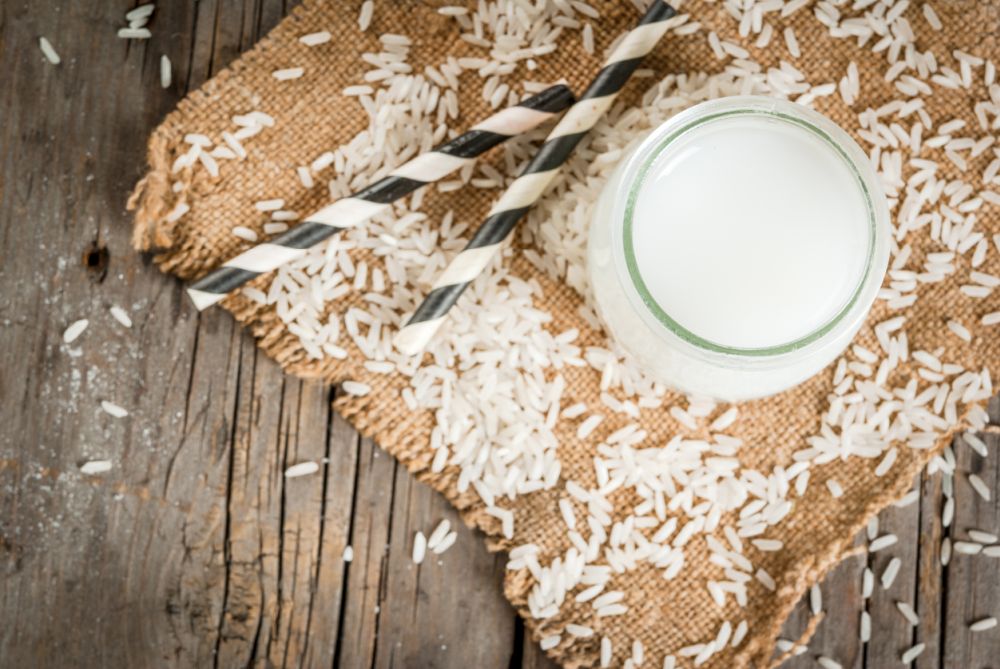
Rice milk is a great vegan alternative to regular milk. It’s healthy and readily available in stores.
Use unsweetened rice milk so it doesn’t change the flavor of the final product. Replace regular milk with an equal amount of rice milk.
6. Dairy-free yogurt
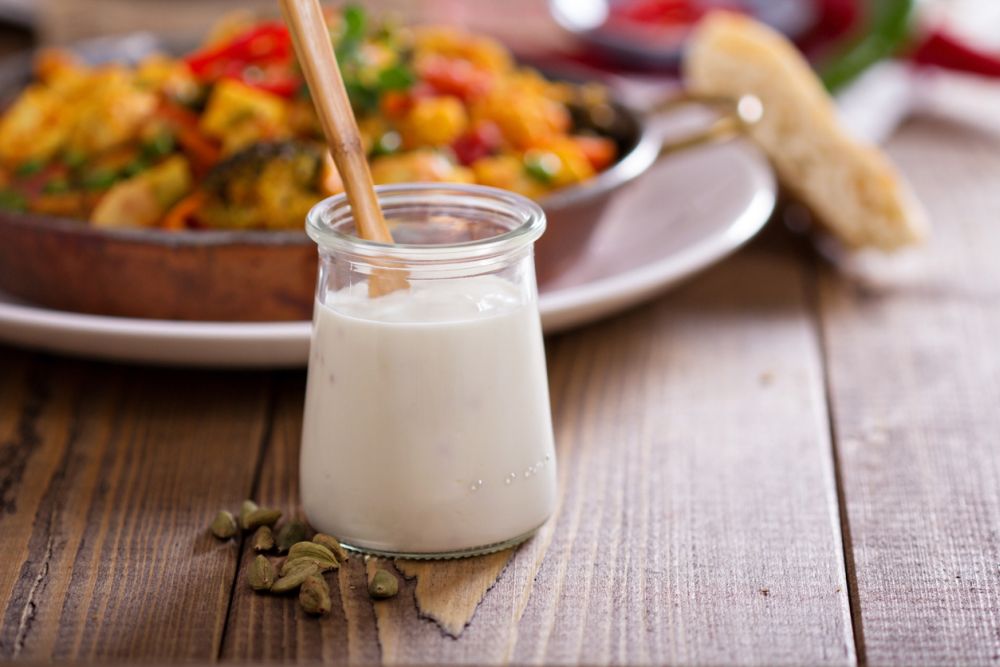
Dairy-free yogurt is a good milk substitute for people with lactose intolerance.
If you don’t like your yogurt to be too thick, you can thin it with water to get the desired consistency. Replace regular milk with an equal amount of non-dairy yogurt. For example, if a recipe calls for a cup of milk, use a cup of non-dairy yogurt, diluted or undiluted.
7. Banana milk
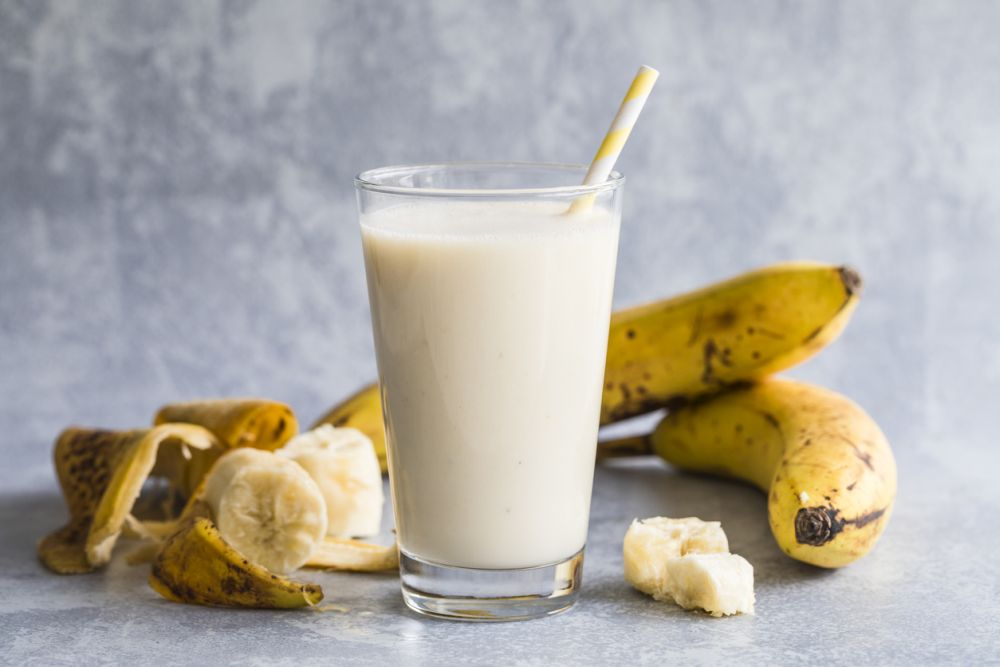
Banana milk is great if you’re baking or making a smoothie that calls for milk as an ingredient。 It’s also a healthier choice if you’re on a vegan diet.
The only downside to banana milk is its unique taste. It’s only available in certain recipes, such as banana cake or banana bread.
8. Canned coconut milk

Canned coconut milk is a good alternative to cow’s milk and adds a wonderful tropical flavor to your baking recipes。 It also improves the texture of recipes.
Substitute a cup of canned coconut milk for a cup of regular milk.
9. Flax milk
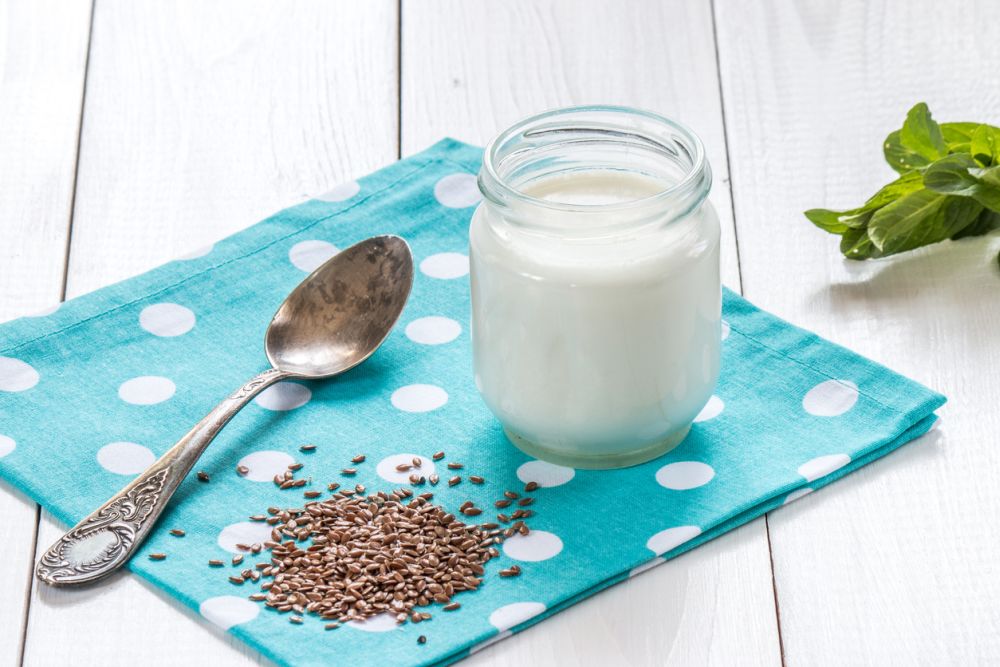
Flax milk is an excellent substitute for thin batter recipes such as cakes。 It is thinner than other dairy-free alternatives and cannot be used in dough recipes.
Flax milk has a slightly nutty flavor, so it changes the taste of the cake. When substituting flax milk for milk, use a 1:1 ratio. For example, if a recipe calls for 1 cup of regular milk, use 1 cup of flax milk.
common problem
Learn more about milk substitutes in baking.
Which milk substitute tastes more like milk?
Soymilk is often considered an alternative that tastes like cow’s milk. This is because of its creamy texture and mild taste similar to milk. Soy milk is also high in protein, making it a popular choice for vegans and vegetarians.
Can water be used instead of milk in baking?
While water can be substituted for milk in some recipes, it can affect the texture and taste of baked goods. Milk adds moisture, richness and flavor to baked goods, so using water will make the final product drier and less flavorful.
Do milk substitutes affect the texture of baked goods?
Yes, milk substitutes can affect the texture of baked goods。 For example, using almond milk instead of cow’s milk may result in a slightly drier or thicker texture. However, the effect on texture will depend on the recipe and the type of milk substitute used.
Can I use a milk substitute in recipes that call for buttermilk?
Yes, you can use milk substitutes like soy or almond milk in recipes that call for buttermilk. Make a buttermilk substitute by adding 1 tablespoon of vinegar or lemon juice to 1 cup of milk substitute. Let the mixture sit for 5-10 minutes before using in your recipe.
in conclusion
Milk is an important ingredient in baking recipes. However, sometimes you just don’t have enough milk or need to change it in your recipes. Fortunately, there are plenty of alternatives to milk in baking. If you prefer a dairy alternative, you can use evaporated milk, sweetened condensed milk, powdered milk, heavy cream, or plain yogurt. If you are on a vegan diet or are lactose intolerant, you can use nut milk, soy milk or banana milk. All substitutions may change the flavor of your recipe, so choose your favorite.

